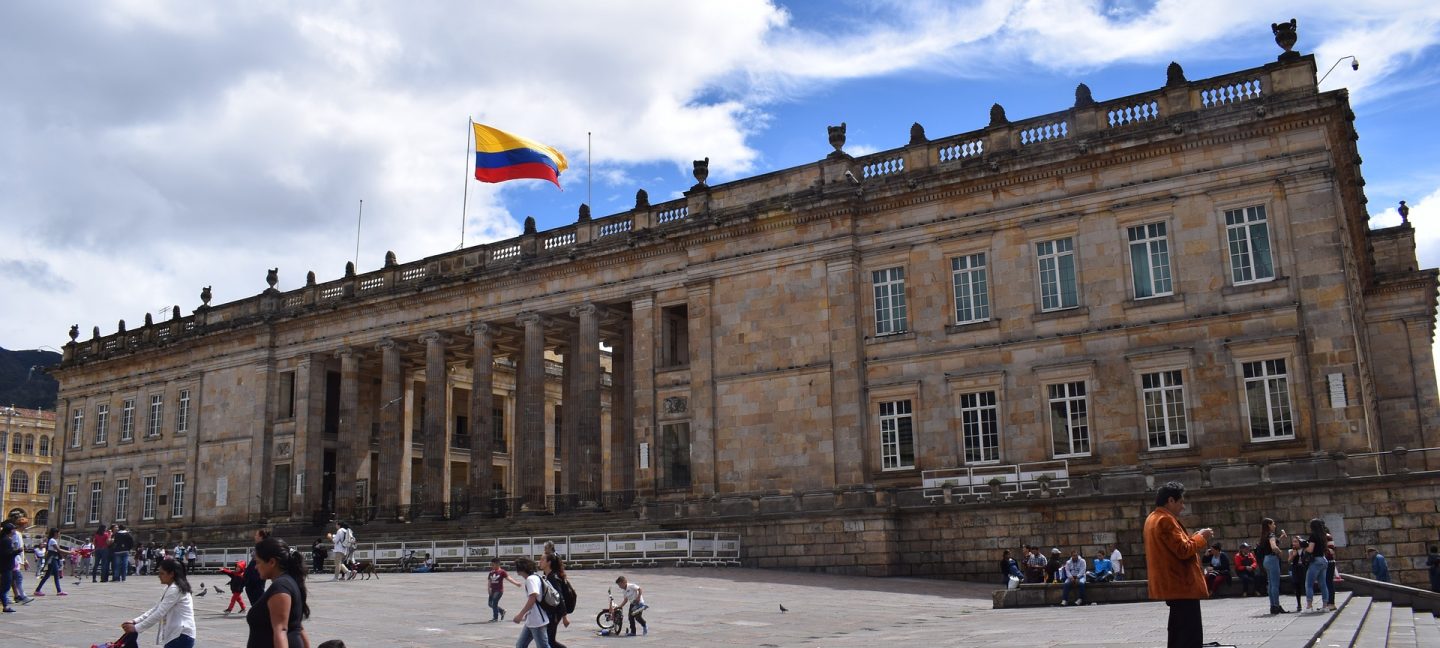Quick facts
- Full name: Republic of Colombia
- Capital: Bogota
- Largest city: Bogota
- Official language: Spanish
- Area: 1,141,748 km2
- Population: 49,587,941 (2018)
- Currency: Colombian peso (COP) 1 (COP) = 100 centavo
- Foreign tourists: 2.5 million (2016)
- Travel risks and hazards: Violent and petty crime, risk of terrorism from remaining guerilla, dangerous fauna.
Colombia is known for both good and bad. Out of the good things, it definitely is the Colombian coffee and when it comes to the bad side it is probably the most famous drug dealer in the world, Pablo Escobar and the FARC that disbanded in 2017. Colombia is quite a destination to visit however it does carry hazards that citizens should beware of.
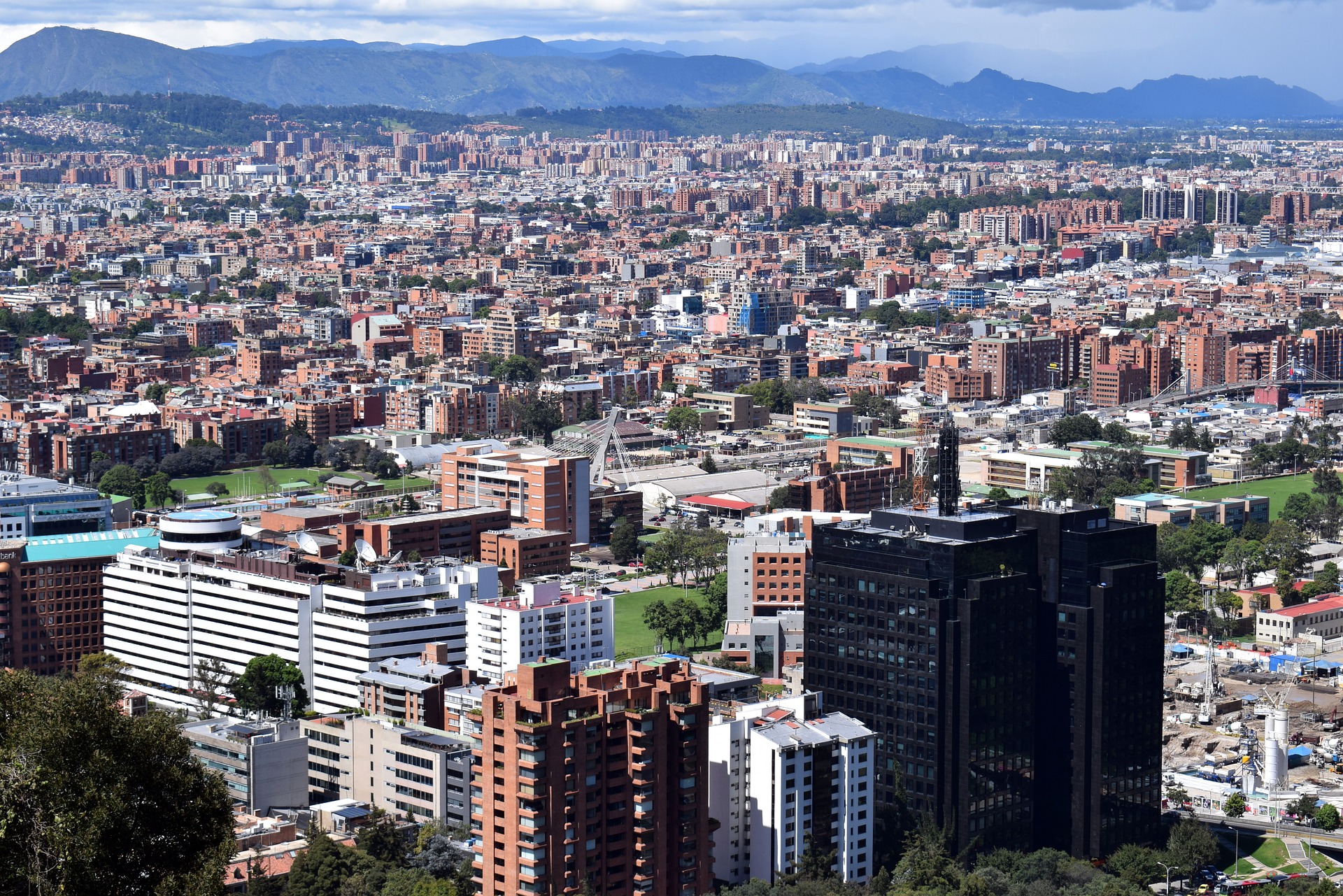
Traveling info
All visitors traveling to Colombia must have a valid passport. Certain nationals are exempt from visa for a temporary stay while others must obtain the document prior to visiting the country. (list of country requirements in sources). The tourists who decide to travel around Colombia in a car must have their domestic license along with an international driving permit. This allows driving for up to a month and after that period expires a Colombian driving permit must be obtained.
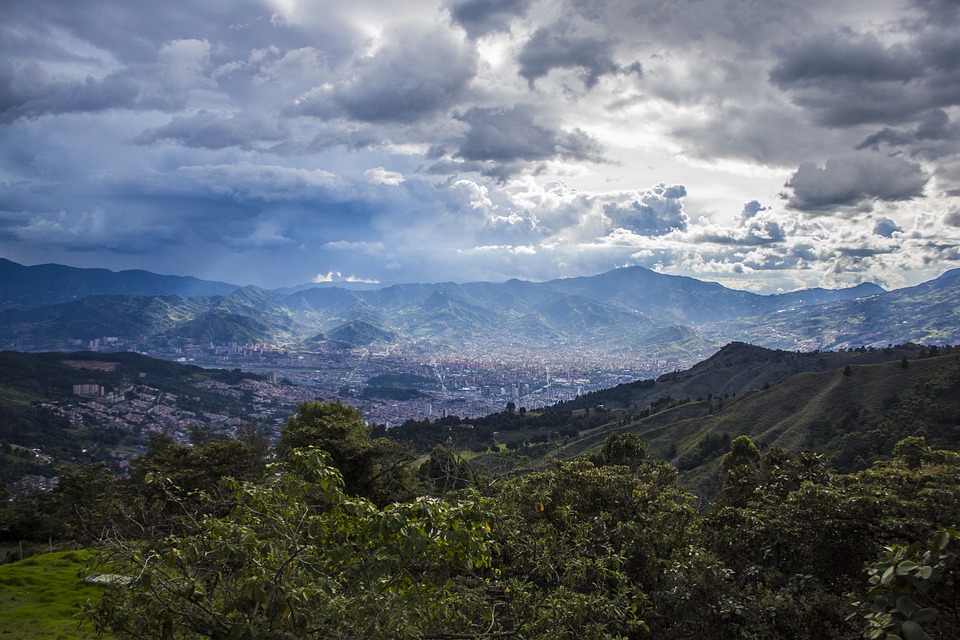
Traveling hazards
Road conditions vary greatly across Colombia. The highways are generally in good conditions however maintenance work is ever present all over. There many toll gates however these are not too expensive. Roads of lesser importance and rural roads are either poorly paved or unpaved at all. For the rural roads, a 4×4 is a safer option if considering to rent. Traffic laws are often ignored and rarely enforced by the local police. Heavy traffic on major roads is very common. Distances of 150km can take as much as up to 5 hours. Due to high crime danger between cities tourists are advised not to use public transport and instead travel by air between major cities. (for more see crime)
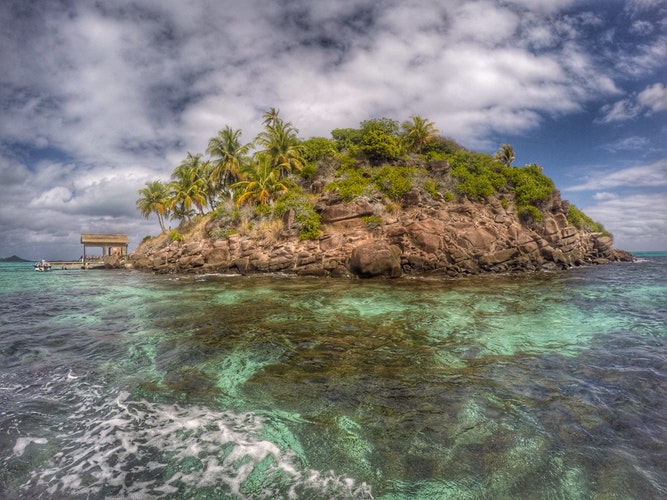
Environmental hazards
The vast Colombian jungle is home to numerous creatures that may be potentially dangerous for humans. There are two large carnivorous land mammals in Colombia. One of the is the Spectacled bear. There has only been 1 reported a fatal encounter with the spectacled bear however these mostly react in a docile but cautious manner when encountering humans. A mother with cubs may be aggressive is feeling threatened. Jaguars are the second largest carnivorous mammal and the largest of the cat family in the Americas. Although the Jaguars are very rarely encountered and even more rarely attack humans, fatal encounters have been reported with a slight increase in the recent years due to more and more people wandering into the jungles. Besides the large mammals, there are several small and a single large reptile that can be very dangerous for humans. The Orinoco crocodile is the largest species of its kind in the Americas. Although this apex predator has been known to attack humans it is rather unlikely due to its small population and relative isolations from humans settlements. The small reptiles include several species of dangerous snakes. Among these are the coral snake and pitvipers. Although these animals are rather not interested in humans or aggressive, these will bite if feeling threatened. Antivenom is distributed throughout the country and should be available in all public and private clinics and hospitals. Poison dart frogs are present in the country. These creatures skin is covered in the venom that can easily kill humans. These will not directly attack. Other dangers include spiders, scorpions, and centipedes. Bites of any of these are usually not an immediate life threat however it may be fatal for elderly, small children or allergic people. When camping it is important to check around and shake out clothes or bedrolls before wearing them or packing up as these critters often wander inside. Bug nets and certain repellants might keep them away. The coastal waters of Colombia are generally safe however the western coast is not recommended for inexperienced swimmers due to the strong undertow. Although shark attacks are very rare it is still a possibility. It is advised to avoid swimming after dusk due to increased activity of sharks.
Although Colombia lies outside of the hurricane alley and is usually not affected by the tropical storms it may occasionally suffer especially around the Caribbean coast. Earthquakes do occur in Colombia however these mostly affect the west coast of the country. Colombia experiences some of the highest precipitation in the world resulting in many areas of the country being almost permanently flooded partly due to poor drainage. Flash floods may occur around the country due to loose soil which is the result of extensive deforestation.

Health hazards
All visitors traveling to Colombia are recommended to get vaccinated against yellow fever due to possible outbreaks of the disease around the country. All visitors traveling from countries with a risk of yellow fever must present a yellow fever vaccination proof. There are several other recommended vaccines. These are the routine vaccines, hepatitis A and B, rabies and typhoid vaccine. It is important to protect against mosquitoes bites as these may carry dengue fever, chikungunya, malaria or Zika virus. Pregnant women should reconsider travel. Healthcare varies across the country. While high-level healthcare can be found in major cities with some English speaking doctors, in the country it is scarce. Hospitals and clinics in big cities are usually well staffed and equipped. These are capable to deal with emergencies meaning medical evacuations are not necessary. Although healthcare services in Colombia are much cheaper than those in the US, it is still recommended to purchase health insurance which will cover the costs of medical treatments.
In case of an emergency dial 123.
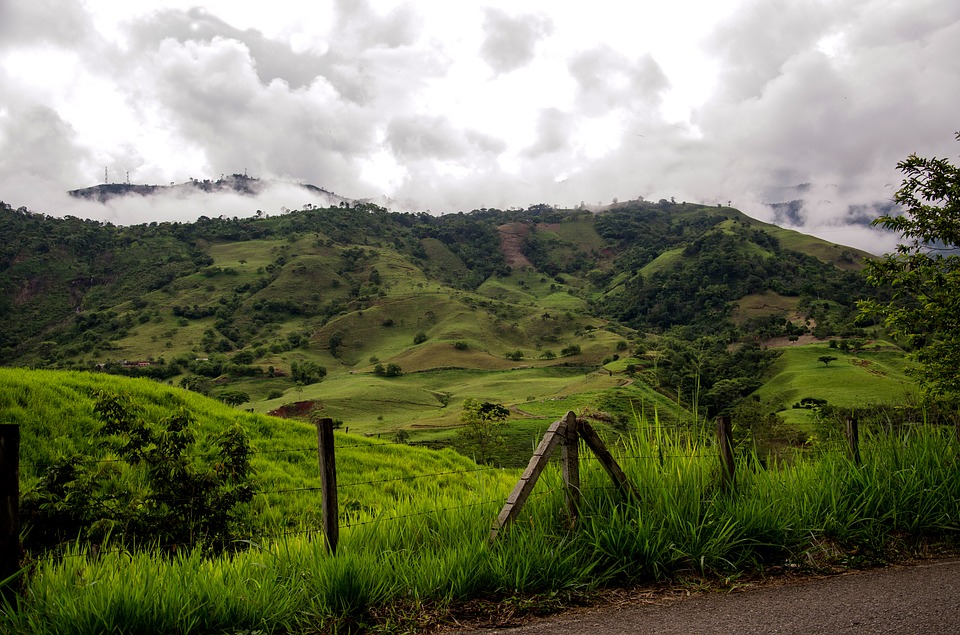
Crime
Only recently Colombia has ended it’s over half a century-long conflict with the FARC movement. This conflict took a 220 thousand death toll on its people. Most murders in the past years are attributed to either FARC or the drug cartels. Tourists, however, are generally safe as long as they stay on the tourist trail and follow simple steps to avoid becoming a target. Tourists in Colombia are victims of armed robberies or kidnappings. Murders are most commonly committed whilst resisting an armed robbery. Victims are picked by a rough estimate of wealth. It is vital to stay low key when in Colombia and to avoid wearing flashy jewelry and not to expose signs of wealth. It is advised to wear money belts to avoid being pickpocketed. It also helps to keep money out visibility. The darker it gets the more dangerous it is. It is best not to wander around at night unless sticking to popular tourist areas. Still, it is considerably more dangerous at night. It is best to have a prepared cash amount for the day. Banks and ATMs are often watched by robbers who pick their targets and follow them to secluded places to then rob them of their money. If renting a car it is best to park in guarded parking as vehicle break-ins are common. It is best to avoid public transportation as it is commonly a place of crime, especially minor theft or pickpocketing. Taxis are generally safe however it is best to use mobile apps or to call for a Taxi as a reference number of the car and driver is given for safety. Random taxis hailed from the street may not provide you with such information and charge greatly inflated prices.
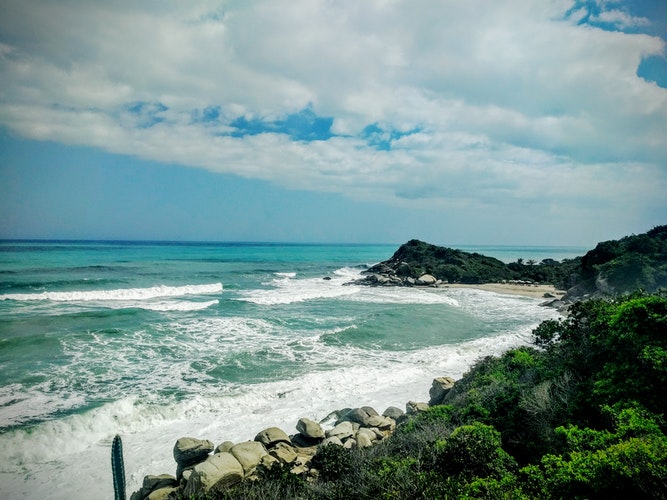
Summary
Colombia is certainly famous in the world and not particularly for good things however Colombia has the most biodiverse avifauna in the world and much more waiting to discover. Remember that planning your trip with Travset.com will give you the quickest information about nearest emergency services and will also help you purchase indispensable travel insurance for the trip of your lifetime. Please feel free to comment and share the experiences of your travels with Travset.com.
Sources
(Visa)
http://www.colombia.travel/en/practical-information/visa
(Vaccinations)
https://wwwnc.cdc.gov/travel/destinations/traveler/none/colombia
https://wwwnc.cdc.gov/travel/yellowbook/2018/infectious-diseases-related-to-travel/yellow-fever-malaria-information-by-country/colombia#5316



